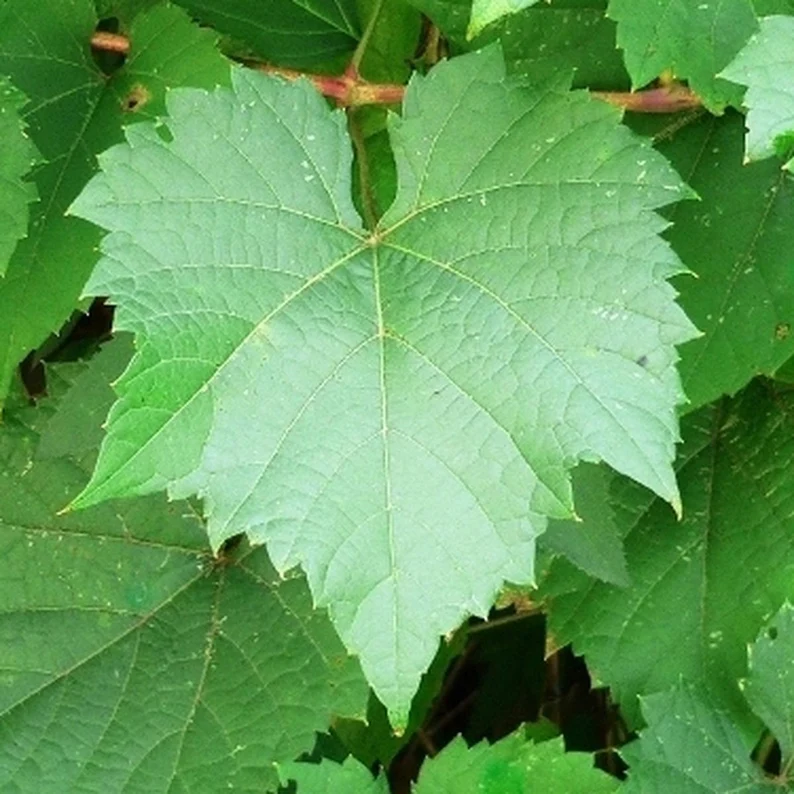It’s important to think about plants as being incredibly adroit at adapting to changing conditions and consider how we can best support them as they try to function efficiently.
Plants have been developing special features since they first started to colonize land over 500 million years ago when they evolved from algae. It takes a long time for an adaptation to evolve, but once a plant has it, it’s inheritable and gets passed on indefinitely.
There are three types of adaptation – structural, behavioral, and physiological. A structural adaptation is a physical feature that an organism has evolved to help it survive. For example, a waxy layer called a cuticle evolved to help seal water in the plant and prevent water loss. Also, to allow the plant to retain water and exchange gases, small pores (holes) in the leaves called stomata also evolved to let carbon dioxide in and oxygen out.
Behavioral adaptations are something an organism does to improve its survival, like tropisms where the plant grows towards the sun to maximize photosynthesis or closes its stomata in hot weather.
And finally, physiological adaptations are something that happens within an organism to change the chemical processes going on inside its cells. For example, the production of phenols to protect it from attacking pests and disease.
As farmers, we need to think about how we can best help the plant when it’s faced with various stresses like heat, poor water quality, and declining soil structures. It can’t adapt overnight to some of these occurrences, but we can try to mitigate their impact by complementing what’s familiar to the plant. This is where biological products come into play, as you’re applying nature to help nature. One of the greatest benefits of applying biological tools is their application doesn’t slow the plant’s metabolism as when it struggles to process a foreign or synthetic input.
We also want to help the plant produce more energy. This involves helping the plant increase its carbon load during photosynthesis and thus provide more energy for reproduction, growth, and soil exudation to feed the microbiology that’s helping the plant to uptake nutrients and improve its health.
Finally, we need to work to improve the soil profile by providing biological products that mitigate problem children like sodium and aluminum. We also want to feed the soil to help the microbiology thrive and bloom so the plant can more easily access the water and elements it needs when it needs them. These are all fundamental ideas for improving plant health. Biological products aren’t the single answer, but they can play a major role in improving crop health and yield.
Andaman Ag promotes and sells products composed of flavonoids, algae, phenols, organic acids, liquid carbon, specialized bacteria, fungi, and many more. These products result in healthier plants, a decline in water and NPK use, improved soil profiles, and far less disease, decline, and die-off. Most importantly, they create better crop uniformity that translates into improved yields. Our approach, processes, and programs work to provide a solid ROI to the grower. We work with large and small customers, and we’ve been promoting biological products since 2008. We know which products and product combinations work and which don’t. Please let us hear from you.
California regulations will continue to restrict water and nitrate usage. Synthetic fertilizers will not solve the problem. Biological products are and will be part of the future, and the sooner you begin to understand how to use them to your benefit the better. You win, we win.





